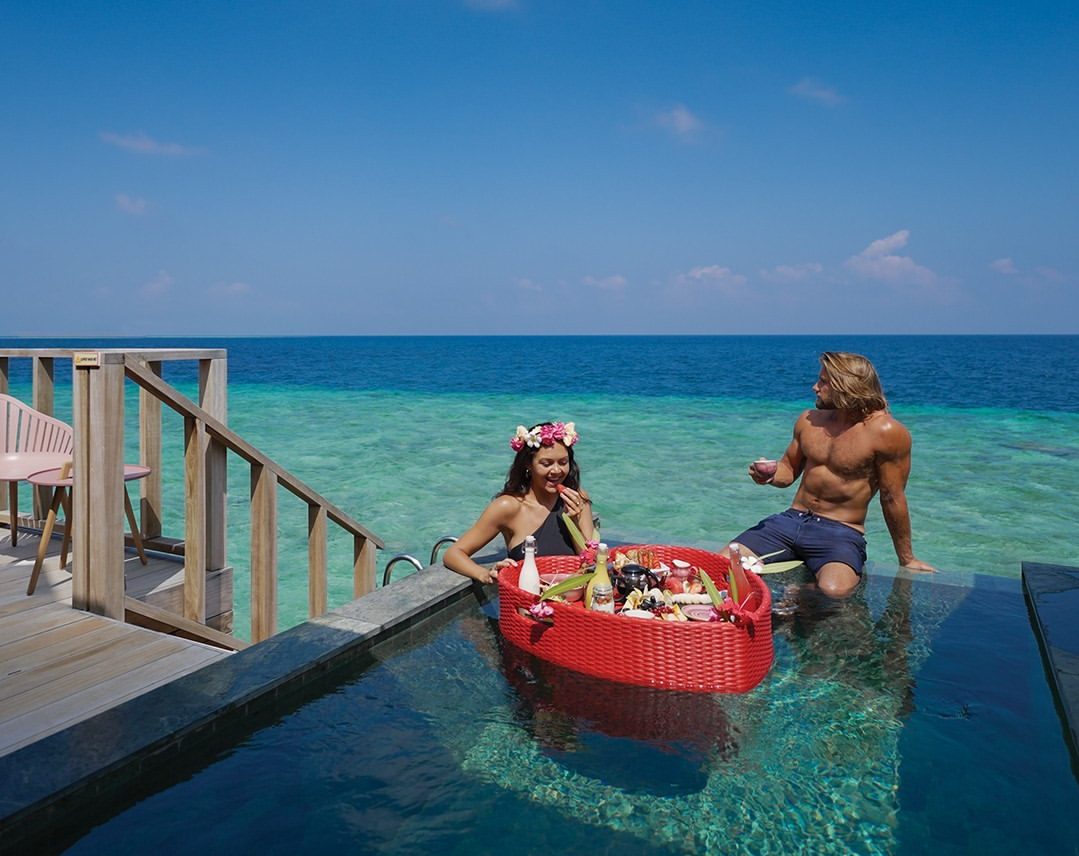The Maldives has recorded the highest number of tourist arrivals on a single-day since the border reopening, with over a thousand arrivals on 2nd October 2020. According to a tweet by the Ministry of tourism, the arrival numbers increase hope for the recovery of the Maldives tourism industry.
The latest statistics from the Maldives Immigration reveal that the island archipelago has welcomed over 18,867 arrivals since the border reopening. Furthermore, the Maldives welcomed 9,538 tourist arrivals in the month of September alone. According to the figures, Russia led the arrival figures for September 2020 with over 2000 arrivals. Followed by, the United Arab Emirates was the second-highest performing tourist market with 1029 arrivals. Arrivals from Russia has increased by 338% in the month of September.
Meanwhile, the average number of tourist arrivals per day has increased by 45.90% in September 2020 with an average of 318 arrivals. In August, the average number of tourist arrivals stood at 218 arrivals per day. Furthermore, figures indicate 696 tourists arrived on a single day in September 2020. And also 97 tourist arrivals were the lowest recorded figure on a single day in the month.
The Maldives Marketing and Public Relations Corporation (MMPRC) has hosted various activities to promote the destination. Furthermore, MMPRC has planned various promotional activities for the remaining months of the year as well. In addition to that, privately-owned Resort Life Travel has also been running various campaigns to promote the island nation. The company has recently kicked off ‘Project FOMO’. A viral marketing campaign focused on bouncing back from the loss COVID-19 has taken on the Maldivian economy.
Also read: Maldives Records 9,538 Tourist Arrivals in September 2020
The Island nation has also introduced a border miles program for travelers. The loyalty program, initiated by the Maldives Immigration is the first-of-its-kind program developed in the entire world. Maldives Immigration believes the program will take the tourism sector of Maldives to peak in the foreseeable future.







